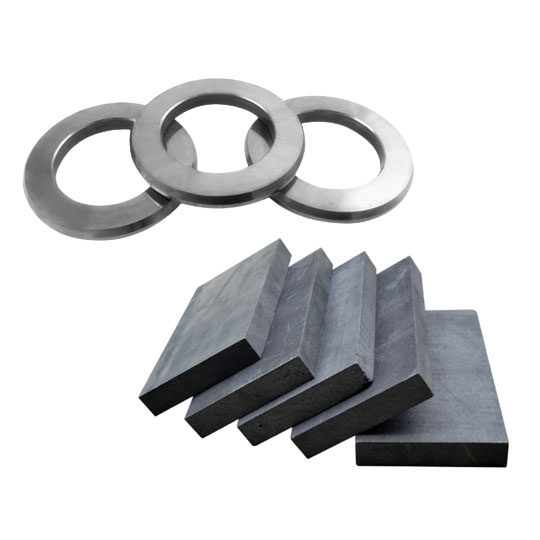What is Fatigue Resistance in Carbide Plates?
Fatigue resistance is like the stamina of a material. Imagine you’re bending a paperclip back and forth. Eventually, it snaps, right? That break is due to fatigue failure. Carbide plates, used in heavy-duty cutting, mining, and wear applications, face the same type of stress. They’re repeatedly loaded and unloaded, and over time, small cracks form, slowly growing until the plate fails.
So what exactly is fatigue resistance in carbide plates? Simply put, it’s the material’s ability to withstand these cycles of stress without breaking down. Carbide plates are often made from tungsten carbide combined with cobalt binders, giving them that tough, wear-resistant edge. But their real superpower? Withstanding millions of stress cycles before even thinking about cracking.
Why does this matter? Think about tools in mining, cutting, or drilling. They’re used relentlessly. A carbide plate with high fatigue resistance will last longer, saving time, money, and headaches.

Factors Affecting Fatigue Resistance of Carbide Plates
Several key players influence the fatigue resistance of carbide plates, and each has its own story to tell.
1. Grain Size of the Carbide Particles
Think of grain size like chocolate chips in a cookie. Smaller chips distribute better and make the cookie more uniform. Similarly, fine-grained carbides generally offer higher fatigue resistance compared to coarse-grained ones. Why? Because smaller grains help block crack propagation. Coarse grains? They create easy paths for cracks to travel.
2. Binder Content and Distribution
The cobalt binder in carbide plates acts like the glue holding everything together. More binder usually means better toughness but lower hardness. Less binder? Higher hardness but lower fatigue resistance. It’s all about finding that sweet spot.
3. Porosity
Porosity is like potholes on a highway. The more you have, the easier it is for cracks to form and spread. High-density carbide plates with minimal porosity show significantly better fatigue resistance.
4. Manufacturing Process
How the plate is made really matters. Sintering, hot isostatic pressing (HIP), and proper cooling rates can all influence fatigue performance. Improper sintering? Think of it like baking cookies at the wrong temperature. You’ll get something brittle and prone to failure.
5. Surface Finish and Defects
Rough surfaces act like tiny crack starters. Smooth finishes can dramatically improve fatigue life. Polished carbide plates can outperform rough-surfaced ones by a mile.
6. Operating Environment
Temperature, moisture, and chemical exposure can all gang up against your carbide plate. Corrosive environments, in particular, weaken the cobalt binder, accelerating fatigue failures.
How to Improve the Fatigue Resistance of Carbide Plates
Now that we know what weakens carbide plates, let’s flip the script. How do we make them stronger, tougher, and more resistant to fatigue?
1. Optimize Grain Size
Using ultrafine or nano-grained carbide particles is like upgrading from regular to premium chocolate chips. It tightens the structure and gives the plate higher fatigue resistance.
2. Enhance Binder Phase
Tailoring cobalt content and adding grain growth inhibitors like vanadium carbide can toughen the plate. It’s a balancing act, but it’s key to improving longevity.
3. Densification Techniques
Processes like HIP can nearly eliminate porosity. Imagine filling every pothole on that highway—the road (or plate) lasts much longer.
4. Surface Treatments
Polishing, coating, or applying compressive surface stresses (via shot peening, for example) can significantly delay crack initiation.
5. Protective Coatings
Adding PVD or CVD coatings helps protect the cobalt binder from corrosive environments, effectively acting like armor against chemical attacks.
6. Control Operating Conditions
Using the right lubricant, controlling load cycles, and operating within recommended temperature ranges can greatly extend the life of carbide plates.

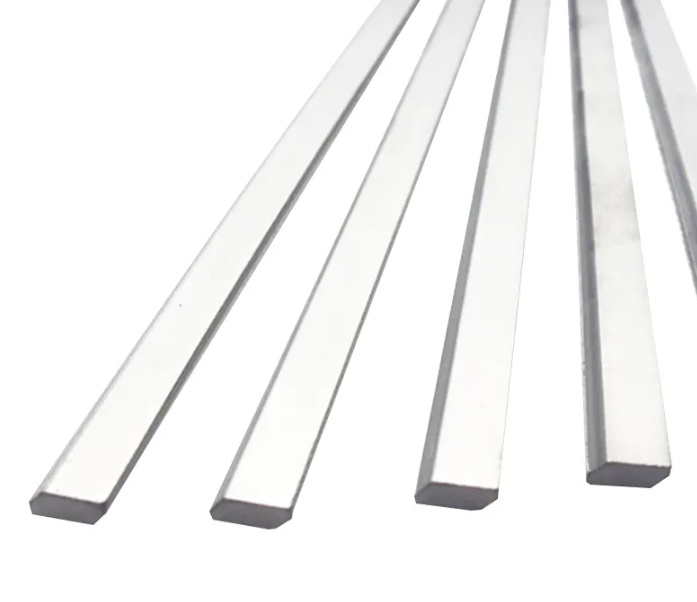

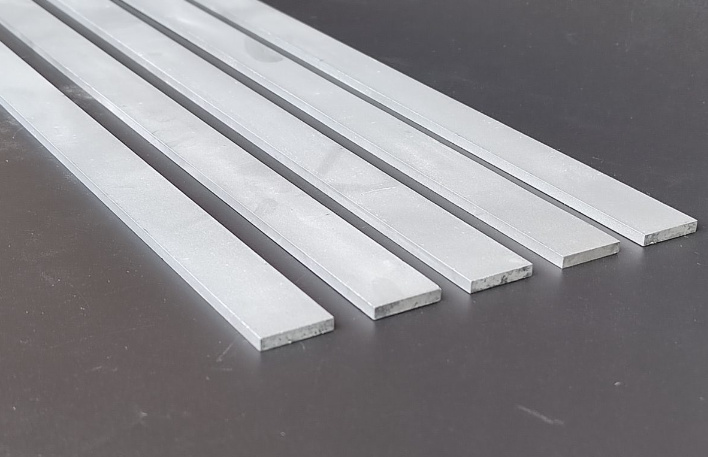
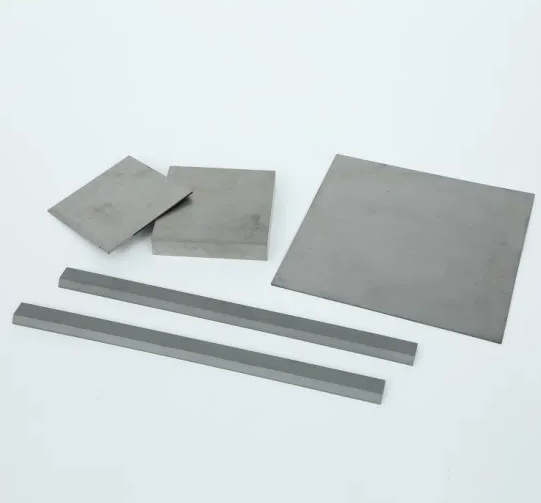
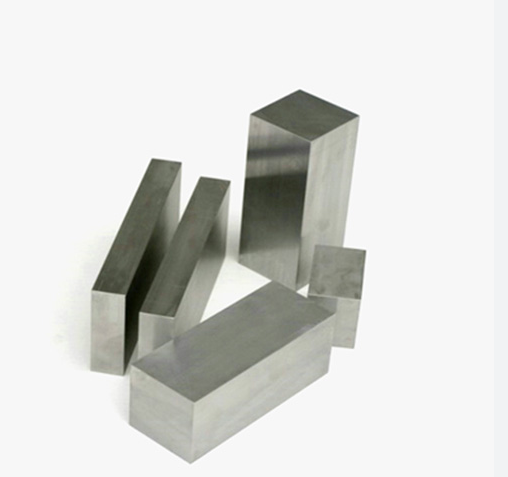
Applications Requiring High Fatigue Resistance
Fatigue resistance isn’t just a technical curiosity; it’s crucial in real-world, high-impact jobs.
Mining and Drilling Tools
In mining, drill bits, and wear plates take relentless pounding. High fatigue resistance ensures these tools survive tough rock formations without cracking under the pressure.
Cutting and Milling Equipment
Machining metals, woods, or composites? Carbide plates on cutting tools face high-speed cycles. Fatigue resistance means fewer tool changes and less downtime.
Oil and Gas Exploration
Downhole tools face extreme pressures, vibrations, and cyclic loads. Carbide plates with high fatigue resistance are the unsung heroes that keep operations running smoothly.
Aerospace Components
Lightweight, durable, and fatigue-resistant carbide plates are key in jet engines and structural parts where failure is simply not an option.
Medical Devices
Precision cutting tools used in surgeries rely on carbide plates that won’t fail halfway through a delicate procedure.
Paper and Textile Industries
You might not think of it, but cutting blades in paper and textile production are subjected to rapid, repeated cycles that test their fatigue resistance daily.
Failure Modes and Prevention in Carbide Plates
When carbide plates fail, it’s usually not pretty. Let’s dive into the common failure modes and how we can keep them at bay.
Common Failure Modes
- Fatigue Cracking: Progressive crack growth from cyclic loading.
- Thermal Fatigue: Cracks due to rapid temperature changes.
- Corrosion Fatigue: Environmental attack combined with cyclic stress.
- Wear and Abrasion: Gradual material loss, which can expose the plate to fatigue stresses.
Prevention Tips
- Use high-quality carbide powders with fine grain sizes.
- Apply protective coatings.
- Ensure a smooth surface finish.
- Optimize the binder content.
- Control the operating environment and temperature.
- Implement proper maintenance and inspection routines.
Specific Metal Powder Models for Carbide Plates and Their Fatigue Resistance
Let’s talk specifics. Here are some standout metal powder models used for carbide plates, along with their unique characteristics.
| Metal Powder Model | Composition | Grain Size | Fatigue Resistance | Notes |
|---|---|---|---|---|
| WC-Co 12% | Tungsten Carbide + 12% Cobalt | Medium | Good | Balanced toughness and hardness. |
| WC-Co 6% | Tungsten Carbide + 6% Cobalt | Fine | Excellent | Higher hardness but less tough. |
| WC-Ni | Tungsten Carbide + Nickel | Coarse | Moderate | Better corrosion resistance, lower fatigue resistance than cobalt. |
| WC-Co-V | Tungsten Carbide + Cobalt + Vanadium Carbide | Ultrafine | Superior | Vanadium inhibits grain growth. |
| WC-TiC-Co | Tungsten Carbide + Titanium Carbide + Cobalt | Fine | Very High | Titanium improves thermal fatigue resistance. |
| WC-Co-Cr | Tungsten Carbide + Cobalt + Chromium | Medium | High | Chromium enhances corrosion resistance. |
| WC-Co (HIP) | Tungsten Carbide + Cobalt | Fine | Exceptional | Hot isostatic pressed for minimal porosity. |
| WC-Co-TaC | Tungsten Carbide + Cobalt + Tantalum Carbide | Medium | Very High | Tantalum improves toughness. |
| WC-Co-NbC | Tungsten Carbide + Cobalt + Niobium Carbide | Fine | Excellent | Niobium refines grain structure. |
| WC-Co (Nano) | Tungsten Carbide + Cobalt | Nano | Superior | Nano-structured for maximum fatigue resistance. |
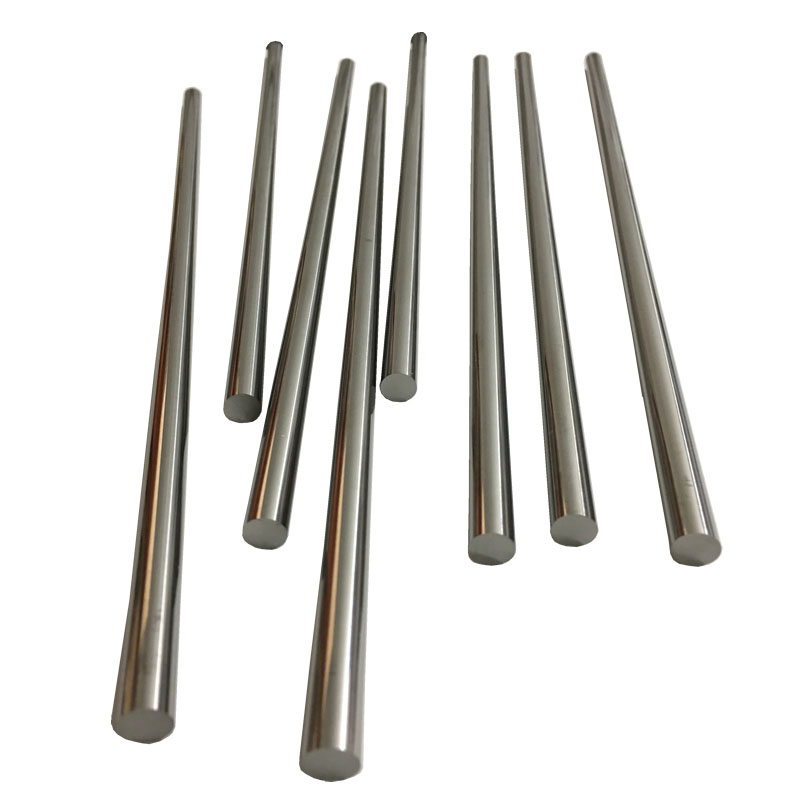
FAQs
| Question | Answer |
|---|---|
| What is fatigue resistance in carbide plates? | It’s the ability of carbide plates to withstand repeated cyclic stresses without cracking or failing. |
| Why do carbide plates fail? | Common reasons include fatigue cracking, thermal fatigue, corrosion fatigue, and wear. |
| How can fatigue resistance be improved? | Through optimized grain size, binder content, surface treatments, protective coatings, and proper manufacturing processes. |
| What is the role of cobalt in carbide plates? | Cobalt acts as a binder, providing toughness but also affecting fatigue resistance depending on its content. |
| Are nano-grained carbide plates better? | Yes, they generally offer superior fatigue resistance due to their tight grain structure. |
| How does porosity affect fatigue resistance? | Higher porosity creates weak spots where cracks can easily start and grow. |
| What are the best applications for high-fatigue-resistance carbide plates? | Mining, cutting, drilling, oil and gas, aerospace, medical tools, and high-cycle manufacturing processes. |
| Can coatings really make a difference? | Absolutely. PVD and CVD coatings protect against wear and corrosion, extending fatigue life. |
| Does the manufacturing process matter? | Yes, especially methods like HIP that reduce porosity and improve structural integrity. |
| How can I tell if a carbide plate is about to fail? | Look for surface cracks, abnormal wear, and performance drops during operation. |

